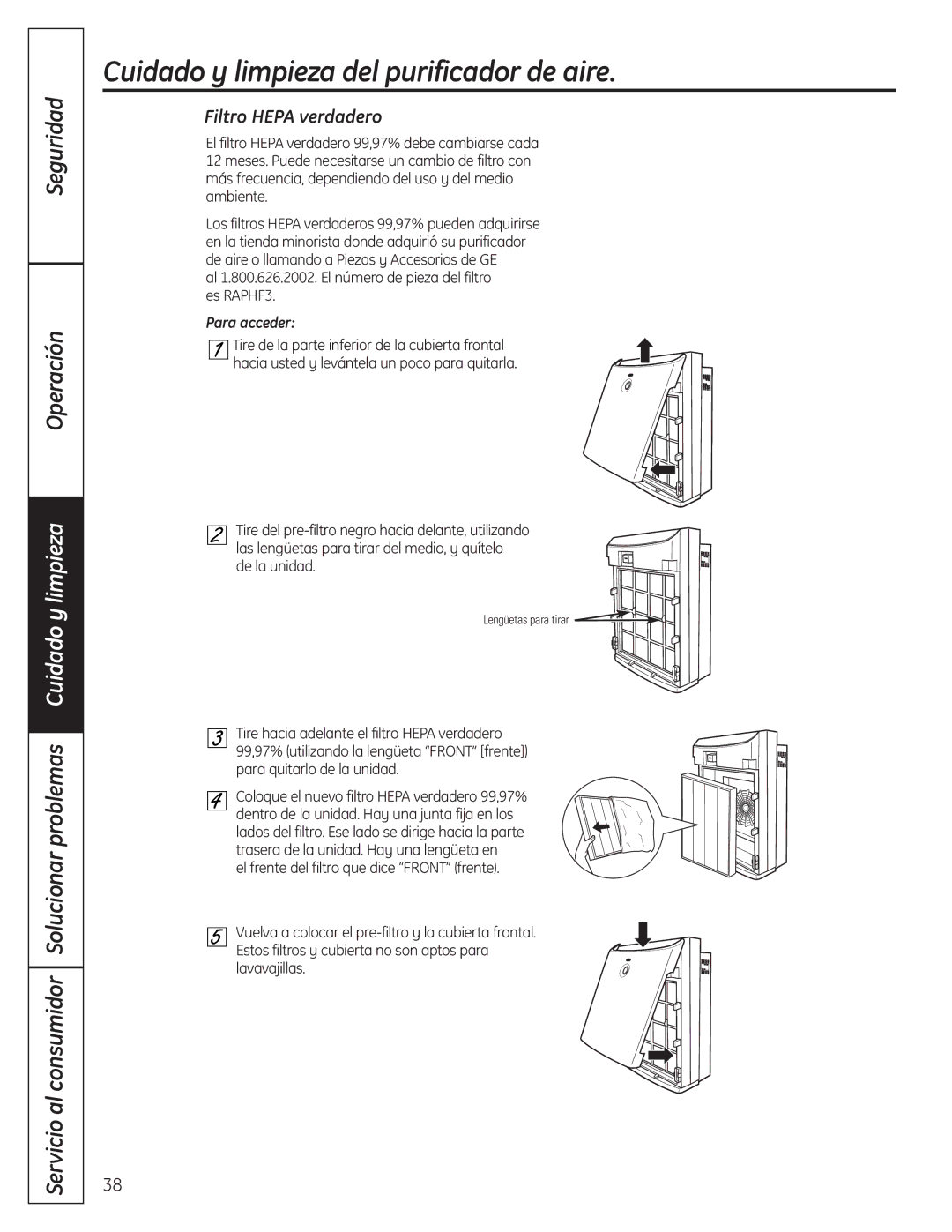AFHC21AM, AFHC32AM specifications
The GE AFHC32AM and AFHC21AM are advanced gas heating systems developed by General Electric, designed for optimal performance in residential and commercial applications. These models are renowned for their efficiency, reliability, and innovative technologies that cater to modern heating demands.One of the primary features of the GE AFHC32AM and AFHC21AM is their high-efficiency ratings. Both units utilize advanced heat exchanger designs that maximize heat transfer, leading to substantial energy savings. By utilizing cutting-edge technology, these models boast annual fuel utilization efficiency (AFUE) ratings that typically exceed 90%, ensuring clients receive the utmost in energy conservation.
The AFHC32AM and AFHC21AM models incorporate advanced modulation technology. This feature allows the system to adjust its heating output according to the actual demand of the space, rather than operating at a constant high capacity. This not only enhances comfort by maintaining even temperatures but also reduces energy consumption, making the units environmentally friendly alternatives in the HVAC market.
Another characteristic worth noting is the quiet operation of these models. GE has focused on minimizing noise levels through sound-dampening insulation and strategically designed fan systems. This ensures that users experience minimal disruption, whether in residential settings or shared commercial spaces.
The construction of the AFHC32AM and AFHC21AM involves high-quality materials, ensuring durability and long service life. The units are designed to withstand various environmental conditions, reducing the risk of breakdowns and the need for frequent maintenance. GE's commitment to quality is reflected in the extensive warranties offered for both models.
Installation and user-friendly interfaces are also key features of these systems. Both models have been engineered for straightforward installation, allowing HVAC professionals to fit them into existing setups with ease. Additionally, the user interface includes intuitive controls, making it effortless for users to adjust settings, monitor performance, and schedule operations.
Finally, the GE AFHC32AM and AFHC21AM are equipped with smart home integration capabilities. As more consumers seek to modernize their homes with controllable technology, these heating systems offer compatibility with a range of smart devices. This allows users to streamline their heating management, either through mobile apps or voice controls, enhancing overall convenience and efficiency.
In summary, the GE AFHC32AM and AFHC21AM gas heating systems stand out in the HVAC industry for their advanced features, energy efficiency, quiet operation, and the use of modern technologies. As residential and commercial heating needs evolve, these models provide a reliable solution for a sustainable future.

